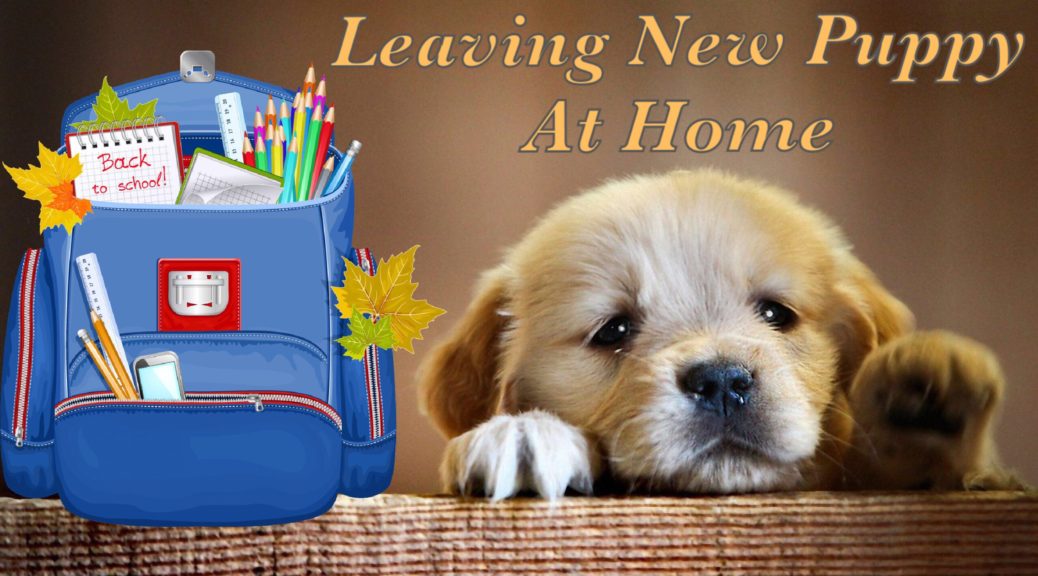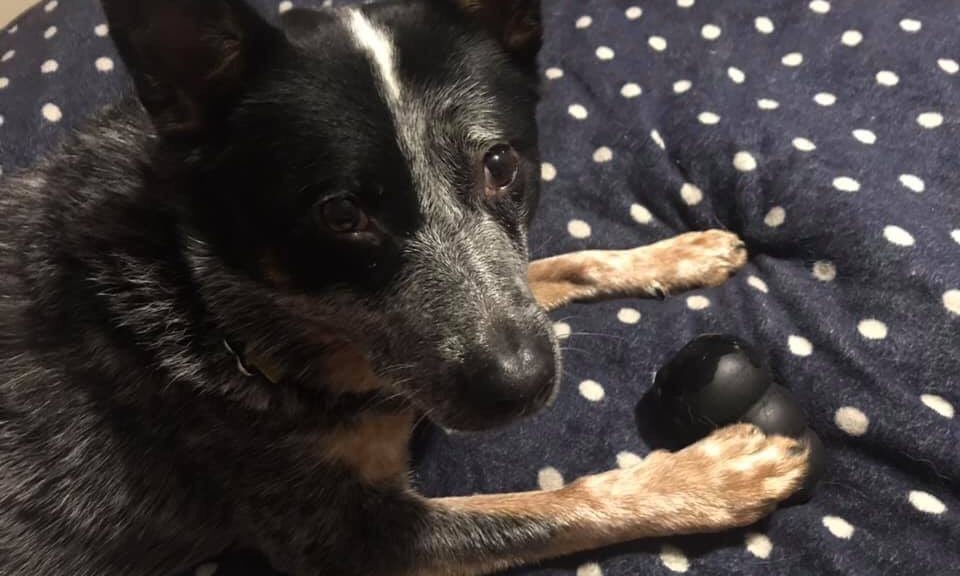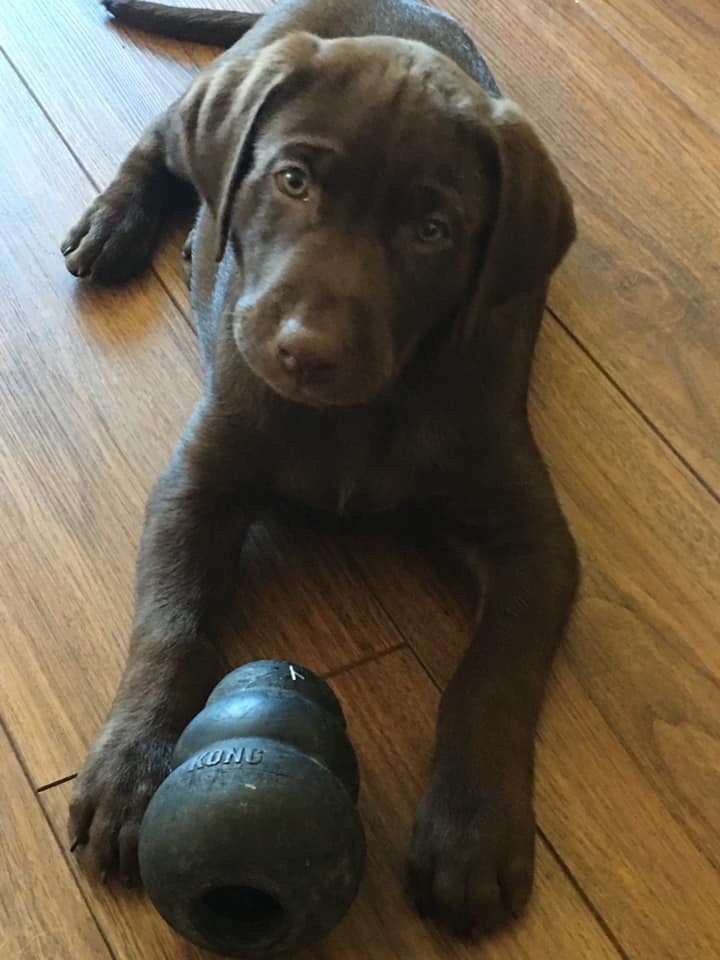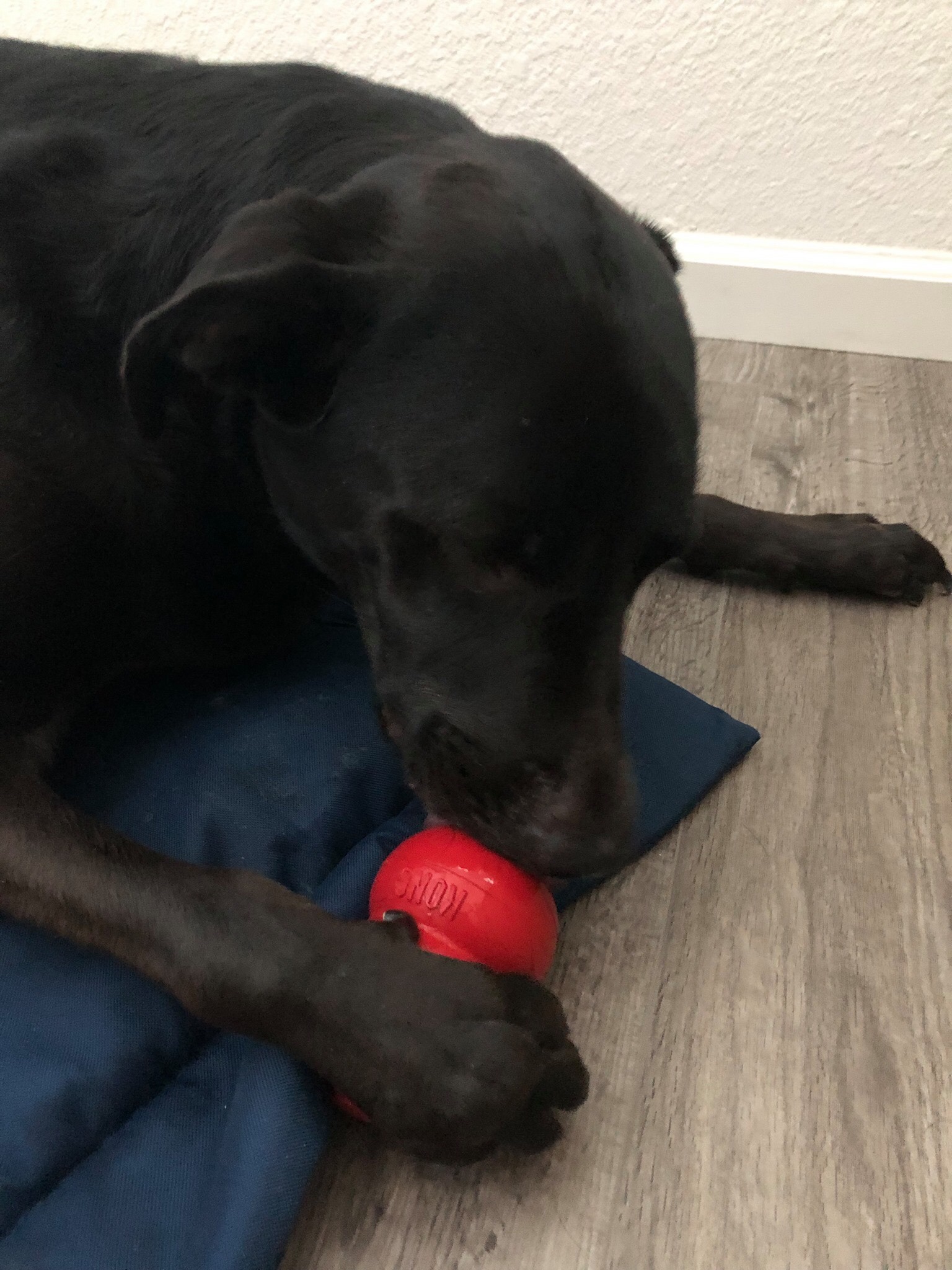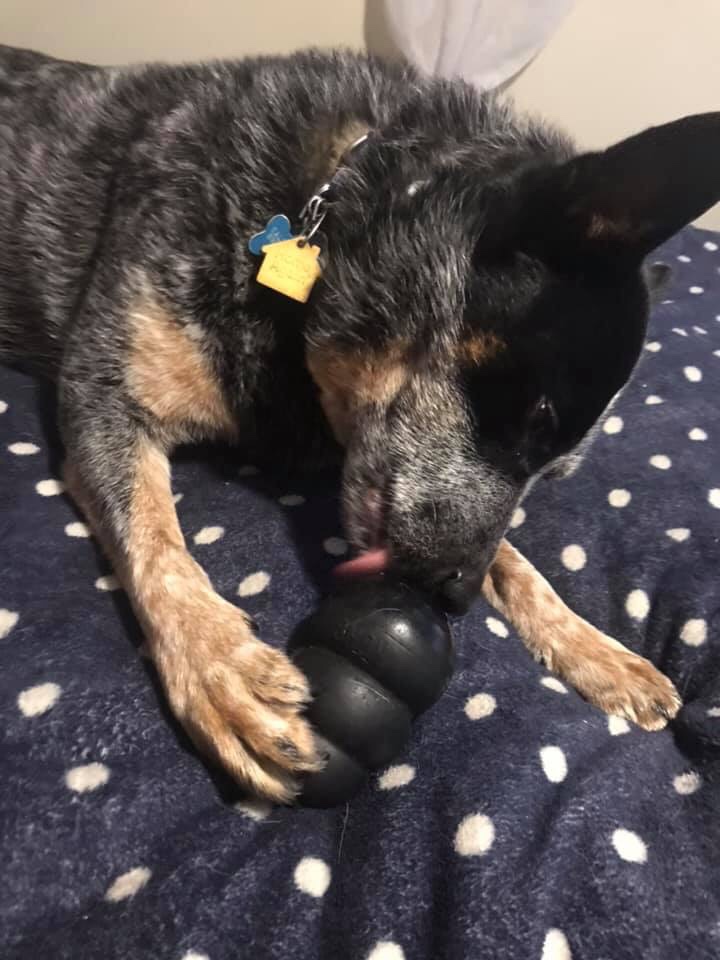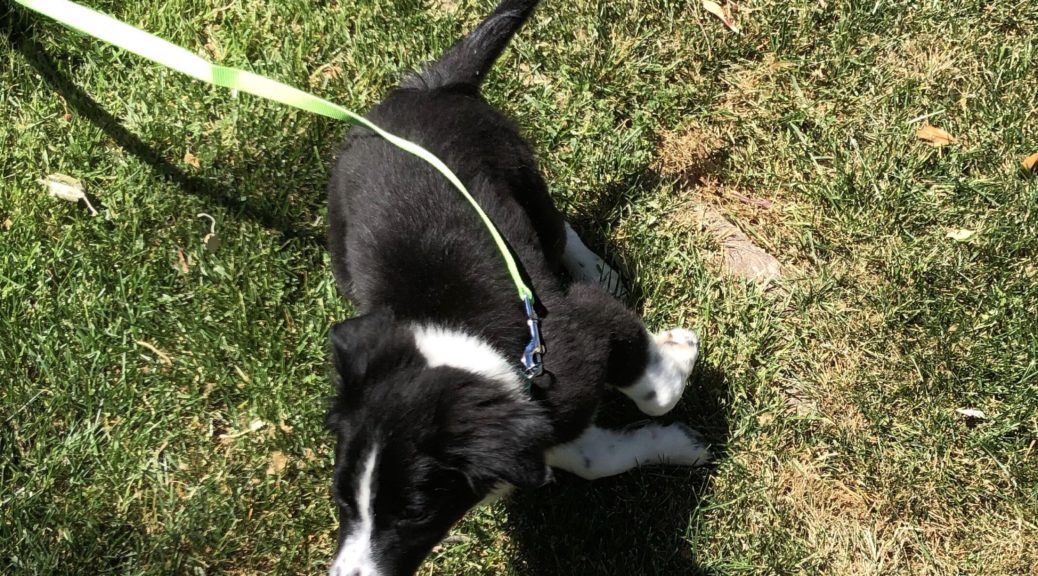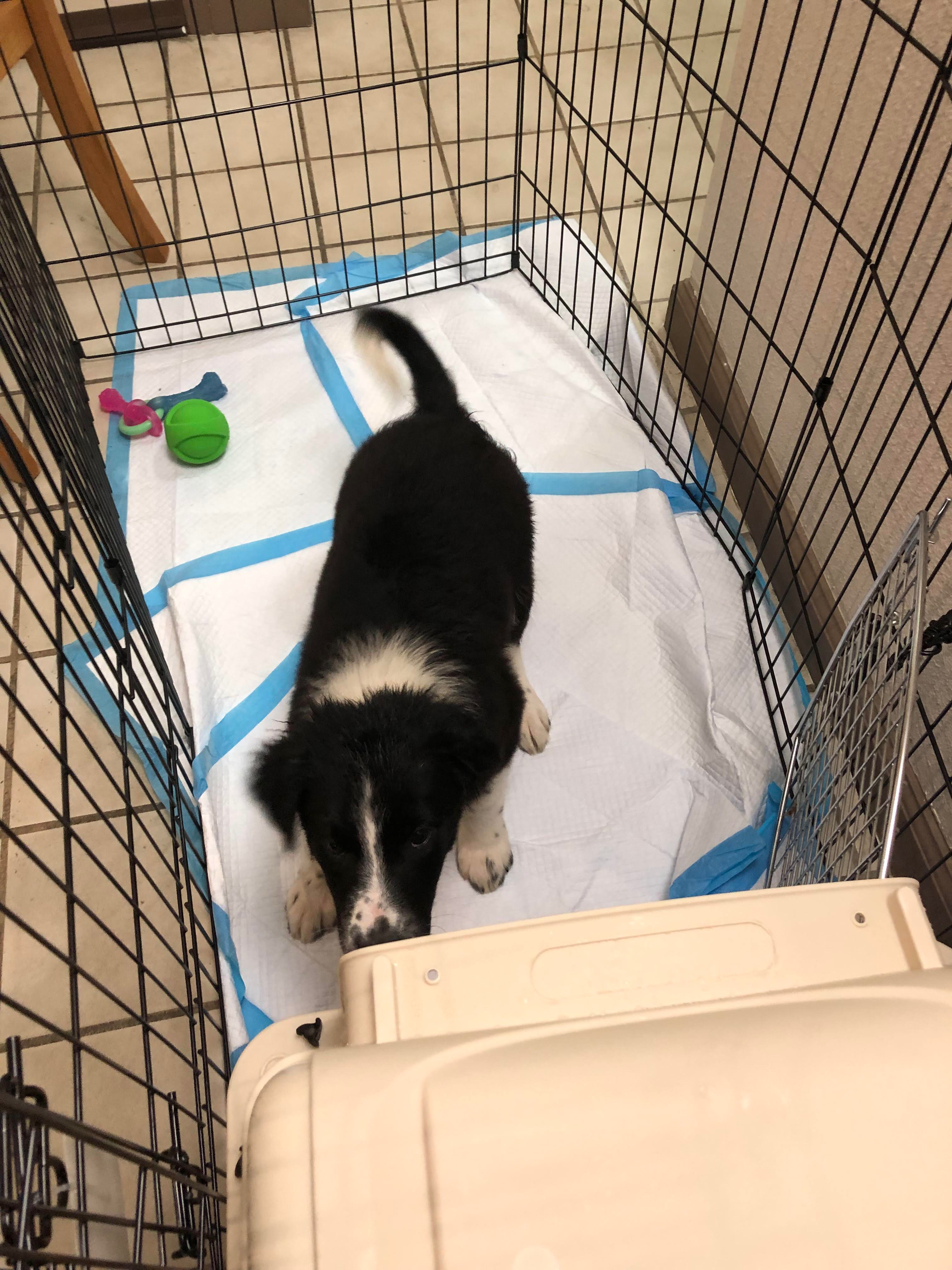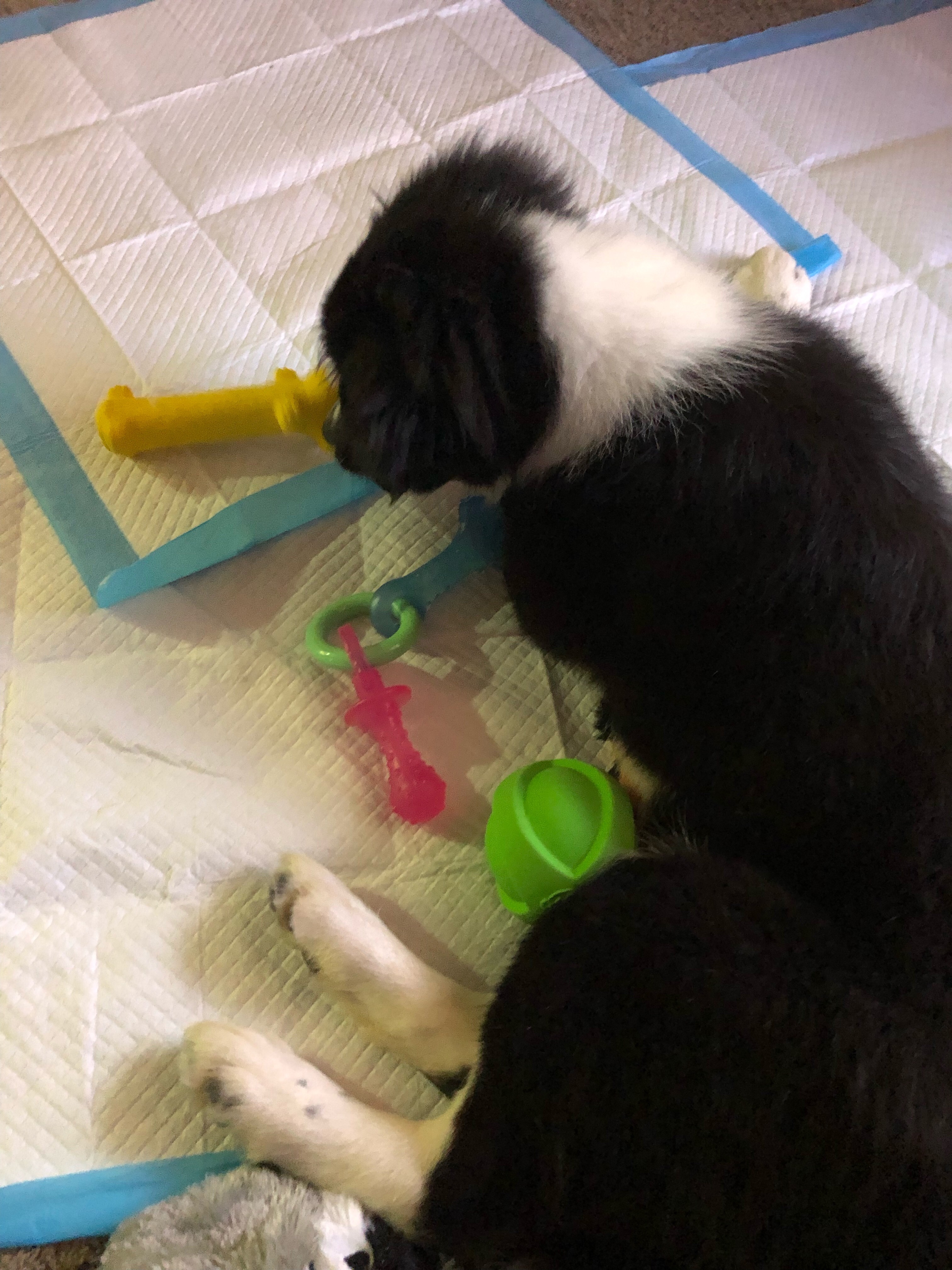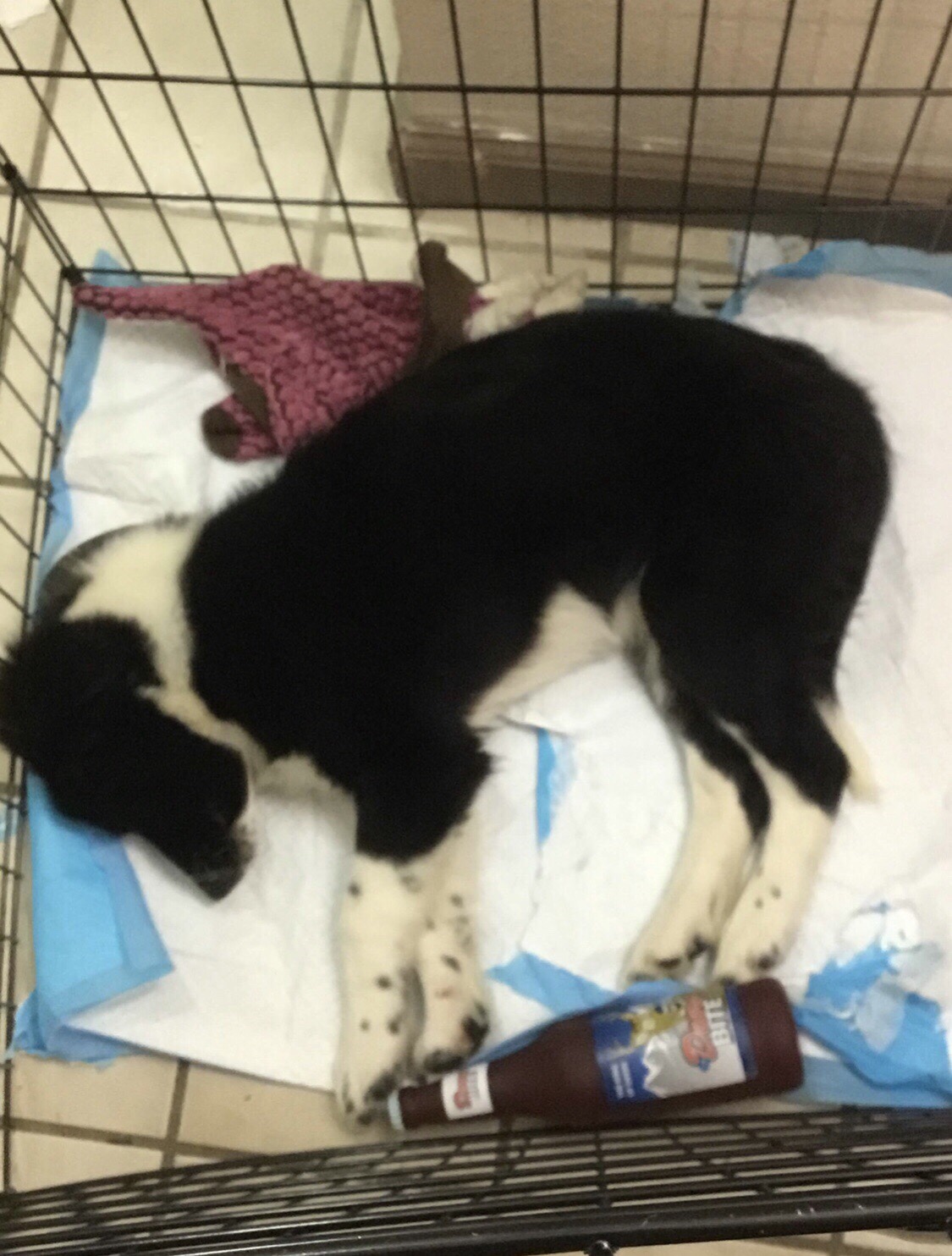You waited for school to be out this past June so you could pick up your newest family member from the breeder or rescue. It was planned perfectly! The family would spend the whole summer playing with the new puppy. Feeding, watering, potty training, teaching tricks, and getting to know your puppy was what filled this summer’s long days. Memories were made and thousands of pictures taken.
Now it’s September, and school is back in session. The kids are up earlier each day, cranky, rushing out the door, and gone for hours. Afternoon hits and everyone returns home. Snacks handed out, clothes changed and homework begins. We all know that can take a while. Then dinner, some down-time, and bed. All to do it over again, 4 more days of the week. Throw in sports plus after-school activities, there isn’t a whole lot of time left in the day.
Your life changes drastically overnight, in the eyes of your puppy. There is no explaining to them, the immediate change in the amount of attention they will get during the day; however, there are ways that you can prepare them, and make it more comfortable for them when the time does come.
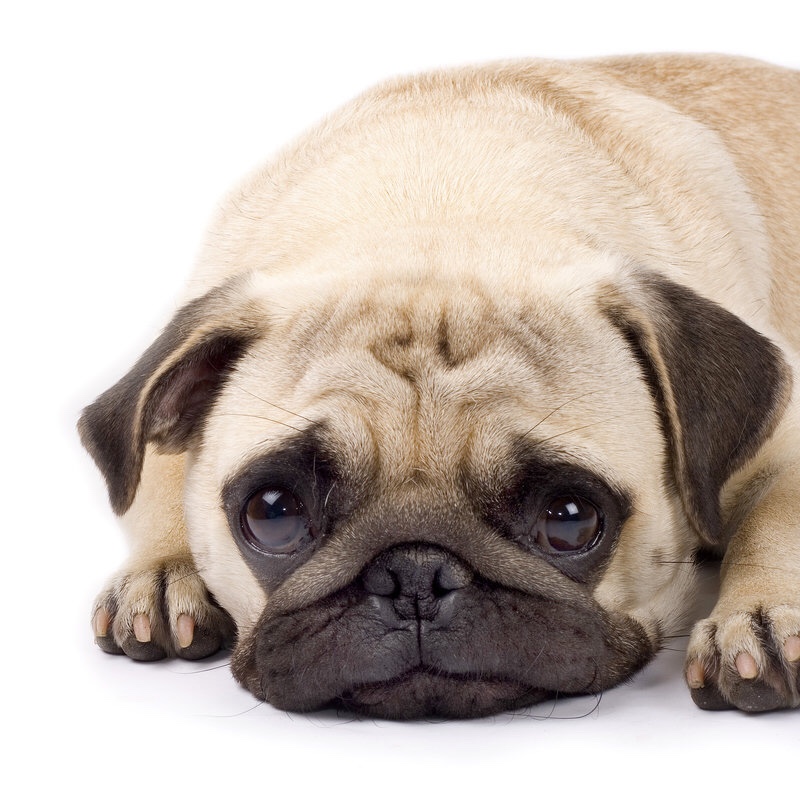
-Take Breaks: The most important thing to remember is to not spend 24/7 with your puppy. DO leave the house at times. Take everyone with you, so that the puppy can learn to be alone and have it be okay. Start small, build onto that time.
-Keep Puppy Occupied: Giving the puppy something to do like chew on a Filled Kong Toy or a bone will keep their minds occupied on something yummy and good, instead of your absence.
-Leave Radio On: Get the puppy used to having something like the radio playing, or a tv on low. If you do, be sure to leave it on something upbeat and positive. Dogs do respond to the energy of the tone of what they’re listening to. I tend to leave the TV on animal shows.
-Puzzle Toys: Give your puppy something stimulating to do and think about. Buy or make DIY Puzzle toys for your dog to sniff at, play with, and receive rewards from. Keeping their brains busy on something constructive and good, instead of your absence.
When school starts, and you’re the only one home with the puppy – play with them! They’re going to love the one-on-one time. Plus, they will benefit from learning to play with different family members and their styles of play; teaching them social flexibility. Playing stimulates their brain and causes them to be tired. Depending on the age of your puppy, sometimes just a 30 minute session can result in a 2-3 hour nap.
Training! I’m always going to suggest this one. Spend some time teaching tricks or basic obedience before school, when the kids are at school, and while they’re busy doing homework. It’s a perfect time to teach Leave-It, Attention getters, and Stays!
Puppy play dates are always fun too! If you have friends that also have young dogs, and everybody is up to date on vaccinations – meet in your backyard or your friend’s backyard and have a play session. Guaranteed to cause a massive nap attack for the rest of the day.
Something to remember? School-age children should not be held completely responsible for the new dog. You got it to help teach responsibility – which is a great idea! It definitely does. Responsibility is not something that just manifests out of thin air, it falls on you as the parent (or guardian) to guide and show them what to do and how to manage their time. When the children are busy with their primary responsibility, school, the adults in the house need to take over the roll of playmate and leader with the puppy.
The whole family should be involved with Puppy’s raising and training. Everybody has a part in the family – including our dogs. If everybody does their piece the puppy will learn exactly where they fit in. Resulting in a much more harmonious household.
Published by Amy Noble on 9/4/19
Amy is an Animal Behaviorist and Dog Trainer in Monterey, Ca, with over Thirty years of experience and active knowledge working with animals. Amy’s love for every dog, cat, horse, rabbit, human (and more!) that she trains truly shows in her work and dedication

